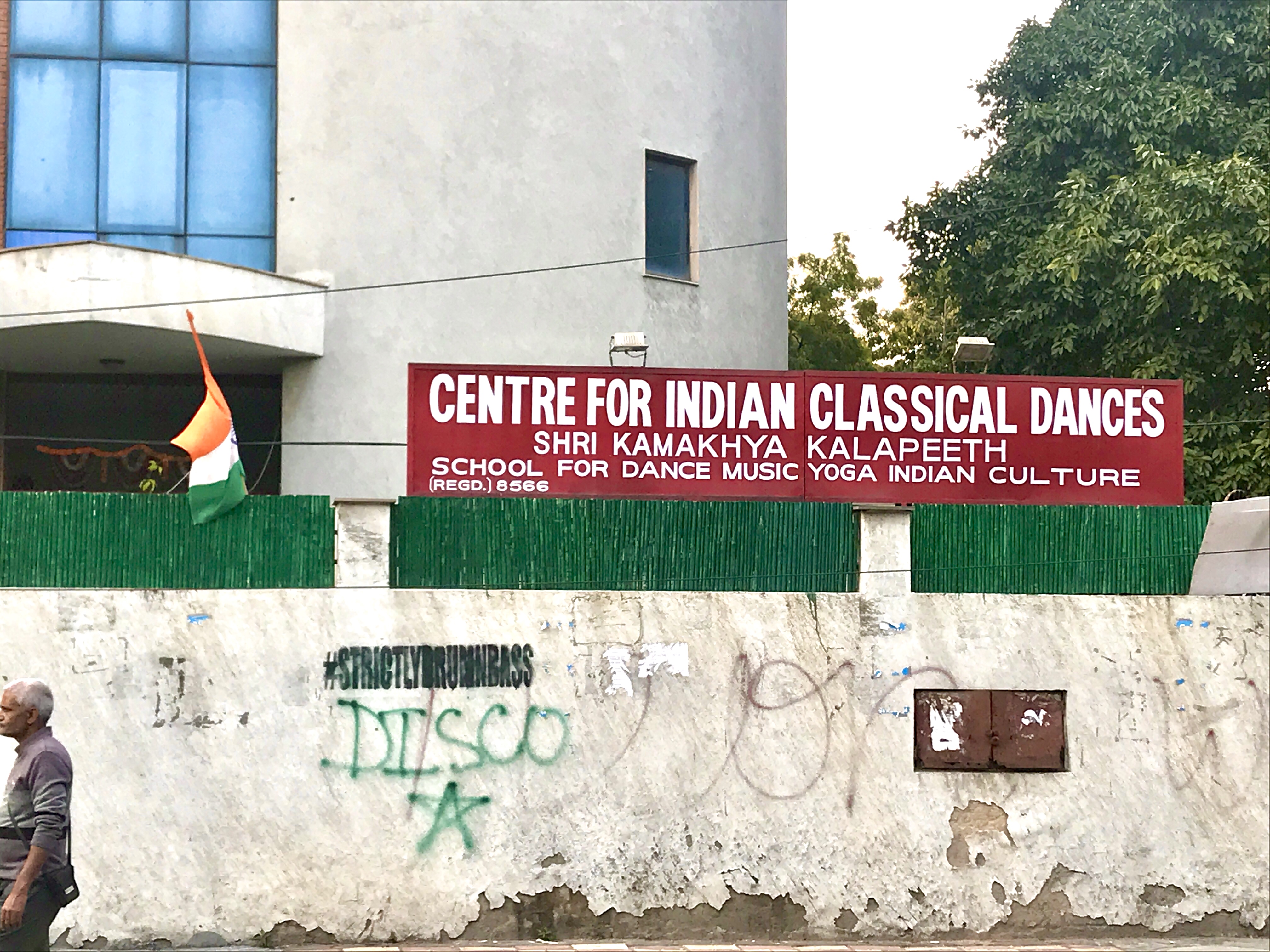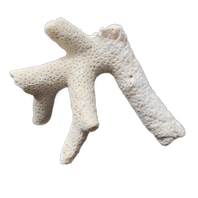EPISTOLARY ANCESTRIES
EXHIBIT #2:
Picking (on) Prefixes
Essay (excerpt)
to Rukmiṇi Devi (1904-1986)
In post-colonial India, your Bharatanatyam stood as an exemplar of what the Indian nation- state, through its Sangeet Natak Akademi and Ministry of Culture would come to declare as ‘Indian classical dance’. This has since been a label of rather high purchase that many other dances have desired and acquired. At first glance, this double declaration of dance as ‘Indi- an’ and as ‘classical’ seemed to me as little more than a linguistic bureaucracy of delaying the dance. And not just linguistic, these words are indeed veritable rites-of-passage, at the other end of which dance is presented as a promise to my body in this present moment of modernity. Yet today my body carries a deeper discontent in partaking in these dances, in their pedagogies and public presentations. This sentiment of discontent perhaps echoes one that you expressed in one of your later talks, although our inspirations may well widely differ. You quipped: “Today sophisticated vulgarity has taken the place of simple crudeness.. Owing to a lack of devotion, there is a lack of discipline and, as a consequence, there is a deficiency in technique. The result is that there is no inspiration” (The Spiritual Background of Indian Dance, 1981). It is precisely such descriptors as devotion and discipline, simplicity and sophistication, vulgarity and crudeness, consequence and result, that have come to ossify into the prefixes of ‘Indian’ and 'classical’. Today I see these dances in variegated states of crises derived from their continued, uncritical avowal to such ossified prefixes.
How you dealt with your discontents, I do sometimes wonder, for I often take long walks with mine, silently airing them in public. Something often happens through these walks; we live a little longer together, resisting the urge to hack haplessly at each other with emotional or analytical tools. On one such self-prescribed walk in the south of Delhi, I emerged from one of the city’s many lush public parks to a street view of this:
![]()

All the accumulated calm from the idyllic tryst threatened to vaporise in an instant. Even so, from under the induced calm emerged a thought that it would be naive to merely wish these words away. What I wish to do instead, perhaps somewhat inspired by the levity of the graffiti, is transform discontent into dissent. The seeming barrage of words on the banner paints a more complex picture than that offered by the two prefixes alone.
As I stood across the street form that banner, I realised that I would have to unpack some of the complex registers that are invoked by the double declaration of these dances as ‘Indian’ and as ‘classical’. In the conjunctive prefix ‘Indian classical’, the civic and cultural registers of the nation are more or less explicit. The national flag flutters unambiguously on the facade, as do the battery of words in the byline: ‘School for Dance Music Yoga Indian Culture’. Yet, its is somewhere be- tween the twin Anglo-Sanskrit names of ‘Centre for Indian Classical Dances’ and ‘Shri Kamakhya Kalapeeth’ that a more implicit religious register begins to reveal itself in opportune collaboration with the seemingly immutable register of art.
Athai in what follows, I propose to dwell on some nuances of theses four registers: civic, cultural, religious and artistic, with the specific intention of rethinking their continued relevance for my dancing body.
As I stood across the street form that banner, I realised that I would have to unpack some of the complex registers that are invoked by the double declaration of these dances as ‘Indian’ and as ‘classical’. In the conjunctive prefix ‘Indian classical’, the civic and cultural registers of the nation are more or less explicit. The national flag flutters unambiguously on the facade, as do the battery of words in the byline: ‘School for Dance Music Yoga Indian Culture’. Yet, its is somewhere be- tween the twin Anglo-Sanskrit names of ‘Centre for Indian Classical Dances’ and ‘Shri Kamakhya Kalapeeth’ that a more implicit religious register begins to reveal itself in opportune collaboration with the seemingly immutable register of art.
Athai in what follows, I propose to dwell on some nuances of theses four registers: civic, cultural, religious and artistic, with the specific intention of rethinking their continued relevance for my dancing body.
______________________
© Kiran Kumar 2021
